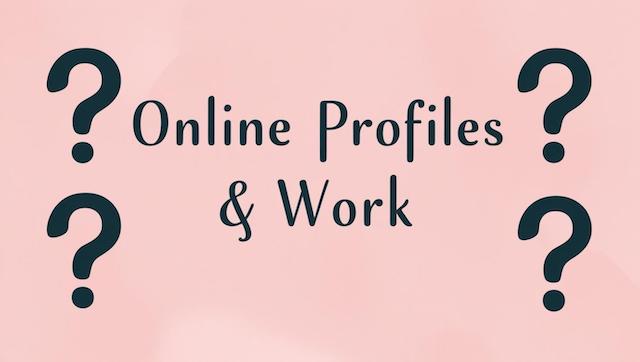In today’s job market, your online profile is often the first thing people see. Recruiters check your resume, but they also look you up online. Having a good online presence can help you get an interview, while a weak or unprofessional profile can work against you. Here is what recruiters look for in online profiles.
So, what do recruiters want to see when they check out your LinkedIn or other profiles? Here’s what you need to know to stand out.
1. A Clear, Professional Profile Photo
First impressions are important. Your profile photo is what catches recruiters’ eyes first. LinkedIn says profiles with a photo get a lot more views and messages.
What you should include:
- A clear, recent headshot
- You, smiling and dressed nicely
- A simple background with good lighting
Skip group photos, casual selfies, or old pictures. You don’t need a pro photographer—a good shot with your phone against a clean background works fine.
2. A Catchy Headline and Summary
Your headline and summary are your chance to make a quick pitch. Instead of just putting your job title, use it to show what you’re about.
On LinkedIn: Don’t just say “Job Seeker.” Try:
- “Entry-Level Digital Marketer | Skilled in SEO, Google Ads & Content Strategy”
- “Customer Support Specialist | Great Communicator | Ready for Remote Work”
Your About section should:
- Share your experience, goals, and passions
- List key skills and achievements
- Be in first person (like “I am a…”)
Example: “I’m a virtual assistant with experience helping busy executives. I work well in fast-paced jobs and know my way around scheduling, inbox management, and tools like Zendesk and Calendly”.
3. Relevant Keywords and Skills
Recruiters search for specific terms to find candidates. If your profile doesn’t have the right keywords, you might miss out even if you’re a great fit.
How to improve your profile:
- Use industry-specific keywords in your headline, summary, and experience
- List both soft and hard skills in the “Skills” section
- Use language from job postings
For a marketing role, mention keywords like “SEO,” “social media management,” and “content creation.”
Check out Jobscan’s LinkedIn Optimisation Tool to increase your visibility.
4. Complete and Accurate Work History
Recruiters want to see your work history. If it’s vague or missing information, it raises questions.
Your work experience should include:
- Company name and your role
- Dates of employment (month and year)
- Bullet points of your responsibilities and achievements
- Any tools used (e.g., Canva, Salesforce)
Example: Customer Support Associate – XYZ Company, March 2022 – Present
- Handled customer inquiries via phone and email (avg. 95% satisfaction rate)
- Used Zendesk and Slack for managing tasks
- Trained new hires and made FAQ documents
Tip: Use action words like “led,” “created,” or “managed” to show your impact.
5. Endorsements and Recommendations
On LinkedIn, skills endorsements and recommendations are valuable. Recruiters like to see others vouch for your work.
Ask previous colleagues or managers to:
- Endorse specific skills
- Write a short recommendation about what you did well
Even one or two genuine recommendations can help a lot.
6. Professionalism Across All Platforms
It’s not just LinkedIn recruiters who may check your:
- Personal website or blog
If you’re job hunting, clean up your online presence. Remove anything inappropriate or too personal. Make private accounts private, and keep public ones professional.
Tip: Google yourself to see what comes up. Update or delete anything that doesn’t reflect your professional image.
7. Consistent Personal Branding
Recruiters like to see a consistent image of you. Your resume, LinkedIn, and any personal sites should all tell the same story.
What to look for:
- Same job titles and dates across platforms
- Consistent name spelling and contact info
- Matching tone and content
Think about creating a simple personal website or portfolio with your resume and work samples. Some easy, free tools are:
8. Engagement and Activity
Being active can grab a recruiter’s attention. If you comment on posts, write articles, or share news, it shows you’re engaged.
Ways to be active:
- Share useful articles or tips about your field
- Comment on posts from industry leaders
- Write short posts about your job search or skills
- Celebrate small wins like finishing a course
You don’t need to post all the time, just keep your presence known.
9. Education, Certifications, and Projects
Recruiters often filter profiles by education level and certifications for certain roles.
Be sure to include:
- Your degree(s) and school(s)
- Relevant certifications (Google, HubSpot, etc.)
- Online courses
- Volunteer work or projects
Examples of helpful certifications:
Note: Recruiters check your online presence to see your professionalism and skills. Even if you don’t have much experience, a solid profile can help you stand out and land an interview.


